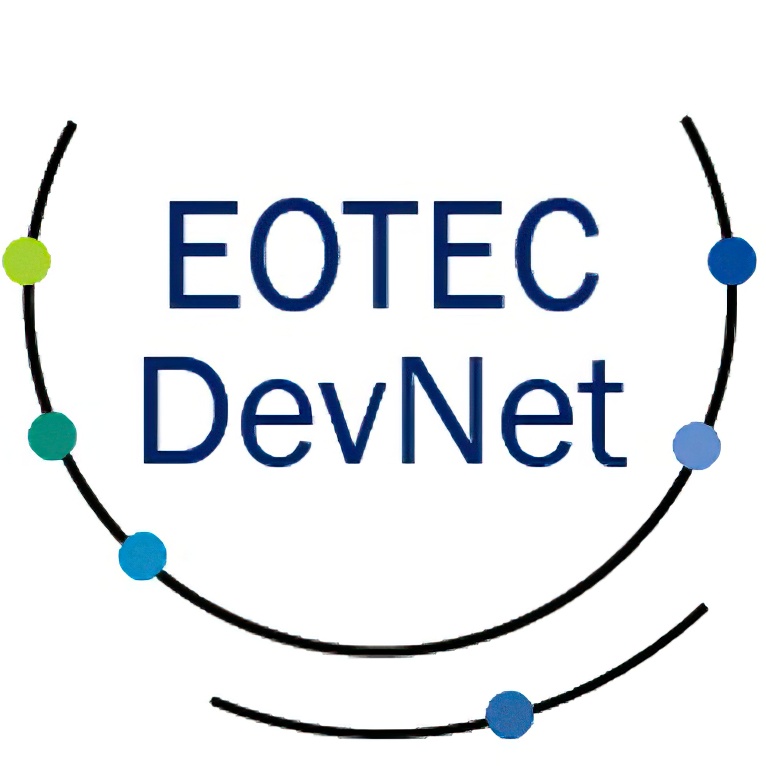The training offers a unique chance to learn from top experts in Ocean Colour (OC) radiometry about the complexity of the physical processes during field measurements, evaluate the impact of several uncertainty sources, and experience a live demonstration on how to apply measurement protocols and procedures correctly in the field.
Dealing with radiometers is not an easy task. Over time, the response of field optical radiometers to light may change significantly. Also, field radiometers are calibrated in laboratory-controlled conditions, which are very different from the conditions at sea. If not properly understood and assessed, these changes and effects can jeopardise the validity of measurement results. The training will explore these as well as other challenges in collecting high-quality measurement data at sea beyond statistical assessments of measurement results, and will provide standard tools to process raw outputs from radiometers to measurement results with metrologically sound uncertainty estimates for performing satellite matchups.
The FRM4SOC-2 project (Fiducial Reference Measurements for Satellite Ocean Colour – Phase 2) funded by the European Commission as a part of the EU Copernicus Programme and implemented by EUMETSAT was launched in April 2021 with the aim of developing an operational and sustained network of radiometric in situ measurements of “FRM quality” (FRM: Fiducial Reference Measurement) as defined by the Committee on Earth Observation Satellites. The overarching goal of this initiative is to promote the adoption of FRM principles across the OC community towards enhancing satellite product validation and algorithm development. To achieve this goal, the project team focuses on several tasks:
Firstly, to provide practical guidelines and procedures for calibration, characterisation, use of radiometric instruments, best practice in the field, and how to derive the uncertainty budget of the acquired measurements.
Secondly, to provide tools to process radiometric field measurements with associated uncertainties and databases to store results of calibrations and field measurements.
Thirdly, to test what is being implemented, achieved by means of field inter-comparison experiments.
And finally, to broadcast the guidelines and tools to the OC community. This is mainly achieved by means of workshops and training events.
In this context, the FICE 2025 event is a summit of this project where not only training will be offered but also in the context of an inter-comparison exercise where the most rigorous requirements will be followed. Trainees will not only learn foundation principles of OC radiometry, perform test field measurements, process the measurements, and perform match-up exercises, but also will witness an intercomparison exercise performed by OC experts.
Programme
Module 1: Introductory classroom lectures in fundamentals of in situ radiometry and FRM principles.
Module 2: Hands-on measurement exercises and observing the in-field comparison at the AAOT.
Module 3: Data validation for OLCI, VIIRS, MODIS and PACE missions.
Module 4: Data analysis, lessons learned and closure.
